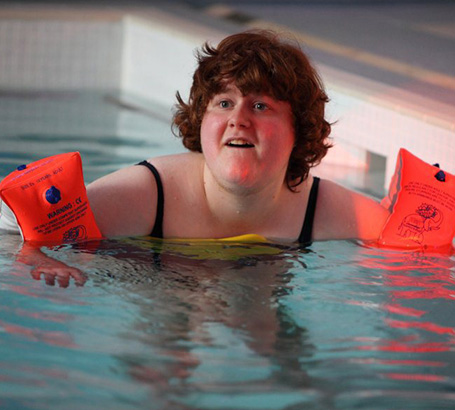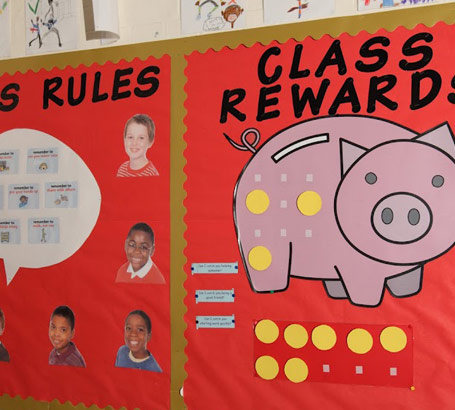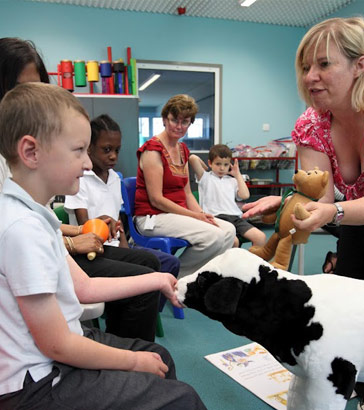The right learning environment
This resource focuses on what actually constitutes a mentally healthy learning environment to promote well-being and
learning.
Think about your school or work environment.
Do you think it is a mentally healthy environment?
How do you know? What kinds of factors influenced your decision?
Do you think it is a mentally healthy environment?
How do you know? What kinds of factors influenced your decision?
Consult the following three handouts, when formulating your answer:
Strategies to help pupils

Faupel et al (2003) working to develop emotional literacy in Southampton schools highlighted many strategies and techniques that young people need to develop. We have grouped them under five headings:
- Self-awareness
- Self-regulation
- Motivation
- Empathy
- Social skills.
Developing pupils' self-awareness

- Changing the response/empathy;
- Circle Time;
- Use of buddies;
- Alternative thinking approaches;
- Use of stories/metaphors;
- Feedback forms;
- Recognition of emotions;
- Recording emotions;
- Feelings diaries/graphs;
- Worry bag and worry identification;
- Problem solving (traffic lights/ABC).
Developing self-regulation

- Understanding and using the assault/arousal cycle;
- Teaching calming techniques;
- Coping with triggers;
- Prompts to calm down;
- Therapeutic stories;
- Deep breathing/relaxation;
- Positive self-talk;
- Team work/games;
- Real-life stories;
- Assertiveness skills;
- Conflict resolution;
- Use of 'I' messages.
Increasing motivation

- Teaching goal setting;
- Use of concrete rewards;
- Avoiding procrastination;
- Use of mind-mapping to aid problem solving;
- Modelling of organisational skills;
- Use of clear targets (SMART);
- Use of contracts and checklists;
- Changing self-statements;
- Use of individualised pro formas to work through a task.
Enhancing empathy

- Discovering students' legitimate need;
- Modelling listening skills;
- Providing speaking and listening rules in the classroom;
- Reinforcing speaking and listening behaviours;
- Use of 'emotion' stories/scenarios to identify feelings;
- Expressing emotions in the classroom;
- Reinforcing and rewarding appropriate behaviours;
- Dealing with bullying – focus on behaviours and not the individual.
Better social skills
- Creating a positive classroom atmosphere;
- Modelling from emotionally literate staff;
- Clear expectations of behaviour;
- Shaping behaviour – noticing and praising more appropriate behaviours/actions;
- Finding and highlighting positives;
- Setting achievable goals;
- Group work on key skills;
- Classroom management strategies to reduce misunderstandings, for example, clear instructions, eye contact, repeating back instructions and giving pupils an indication to begin activity;
- Sensitive responses by staff to request for help;
- Allowing pupils private space to ask for help;
- Environmental changes to ensure 'feelings friendly' classroom, for example, weekly emotions, modelling emotional states, use of 'I' messages, openly discussing feelings;
- Use of feelings games, for example, Feelings Bingo, Feelings charades, Mad, Sad, Bad Game;
- Role-play positive emotions.
Exercise

Make a list of the five areas covered in this resource and reflect upon how your staff team promotes
each set of skills for the children with whom you work.
Find out more

Faupel et al (2003) Promoting Emotional
Literacy, Southampton Emotional Literacy Interest Group, Southampton City Council.